The crisp white shirt and the subtle glint of light on a pair of spectacles have transcended their utilitarian origins. They are no longer mere articles of clothing or vision aids; they have become potent symbols in the modern lexicon of attraction, particularly within the context of "sapiosexuality." This concept, where intellectual capacity becomes the primary driver of romantic or sexual attraction, has found a sartorial expression in what is now colloquially known as "sapiosexual chic." The psychology behind why these specific items have been elevated to the status of new sexy symbols is a fascinating interplay of perceived intelligence, aesthetic signaling, and deep-seated cultural archetypes.
At its core, sapiosexuality is an attraction to the mind. However, humans are visual creatures, and we inevitably seek outward signifiers of the internal qualities we desire. We look for shortcuts, visual cues that hint at a person's intellect, curiosity, and cognitive prowess. This is where the psychology of semiotics—the study of signs and symbols—comes into play. Glasses and a well-tailored shirt have, over decades of cultural conditioning, become two of the most reliable and instantly recognizable semiotic codes for intelligence, competence, and a certain refined seriousness.
The association between glasses and intelligence is perhaps one of the most deeply ingrained in popular culture. From a psychological perspective, this link is multifaceted. Historically, eyeglasses were a corrective tool, and their necessity often arose from prolonged, close-up work like reading, writing, or detailed craftsmanship. Therefore, a person wearing glasses was unconsciously perceived as someone who engaged deeply with texts, ideas, or intricate tasks—a visual shorthand for being studious, learned, and intellectually engaged. This perception is so powerful that it even has a name: the "spectacle stereotype." Psychological studies have shown that individuals wearing glasses are consistently rated as more intelligent, competent, and industrious than those without, even when all other factors are identical.
Beyond pure stereotype, there is an element of perceived authenticity and vulnerability. In an era of curated social media perfection, glasses feel authentic. They are a functional, unpretentious accessory that suggests the wearer prioritizes clarity of vision and thought over mere fashion. Furthermore, they can create a subtle barrier, a sense of depth and mystery. The lenses can slightly obscure the eyes, inviting a closer look, suggesting there are layers to the person waiting to be discovered through conversation. This subtle intrigue is a powerful component of allure. The frame itself acts as a highlight, drawing attention to the eyes and the act of looking and perceiving, which is the very essence of intellectual engagement.
The shirt, particularly the button-down dress shirt, carries its own heavy weight of symbolic meaning. Its history is rooted in formality, professionalism, and a certain disciplined elegance. Unlike a casual t-shirt, a shirt implies effort, intention, and an understanding of social codes. It is the uniform of the academic, the professional, the artist, and the thinker. A crisp, clean shirt suggests order, precision, and attention to detail—qualities that are highly correlated with a sharp, organized mind. It speaks of self-respect and respect for the context and the people one is engaging with.
The sensory experience also plays a role. The starched collar, the precise lines, the feel of quality cotton—these elements contribute to an aesthetic of sharpness and clarity. There is a tactile pleasure in the neatness of a shirt that subconsciously translates into an appreciation for the wearer's neatness of thought. Conversely, the slightly disheveled intellectual look—a shirt with rolled-up sleeves, the top button undone, perhaps a hint of wrinkles from a long day of deep work—projects a different but equally powerful message: that the wearer is so engrossed in their cerebral pursuits that they are almost too busy for sartorial vanity. This "effortless" intellect is incredibly compelling.
When glasses and a shirt are combined, the effect is synergistic. The pairing creates a complete and coherent aesthetic narrative. It’s a visual equation that effortlessly communicates a specific set of values: intelligence, competence, intentionality, and a nuanced self-awareness. This is not the loud, flamboyant signaling of traditional "sex symbols," but a quieter, more confident allure. It whispers rather than shouts, making the discovery feel more personal and rewarding for the observer. It invites a conversation rather than just a glance.
This shift in sexy symbols is also a reflection of broader cultural evolution. In a world oversaturated with information and superficiality, there is a growing cultural hunger for substance, authenticity, and depth. The "sapiosexual chic" of glasses and a shirt is a direct rejection of vacuous glamour. It is an embrace of a different kind of power—the power of the mind. This aesthetic aligns with a modern definition of success that values innovation, knowledge, and emotional intelligence just as much as, if not more than, physical attributes alone.
Ultimately, the rise of the glasses-and-shirt combo as a new sexy symbol is a testament to the enduring human desire to connect with other minds. These items have become the armor and the insignia of the modern intellectual romantic. They are a promise of stimulating conversation, of shared curiosity, and of an attraction that is built to last because it is rooted in the most captivating organ of all: the brain. The psychology is clear: we are not just attracted to the shirt or the glasses themselves, but to the profound and alluring idea of the intelligent, captivating person we believe is wearing them.

By /Aug 21, 2025
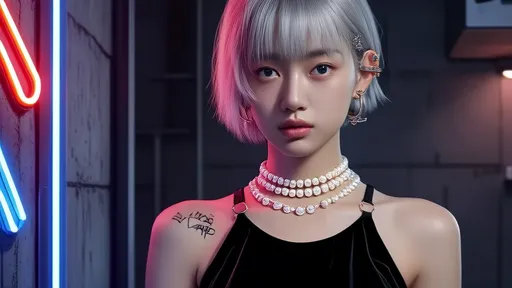
By /Aug 21, 2025
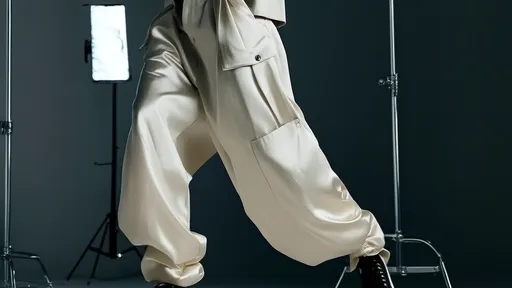
By /Aug 21, 2025

By /Aug 21, 2025
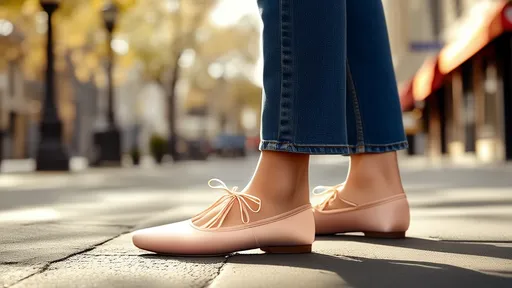
By /Aug 21, 2025
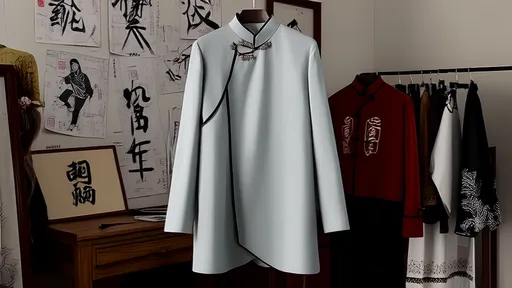
By /Aug 21, 2025

By /Aug 21, 2025
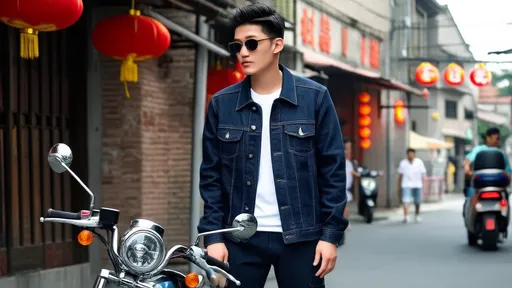
By /Aug 21, 2025
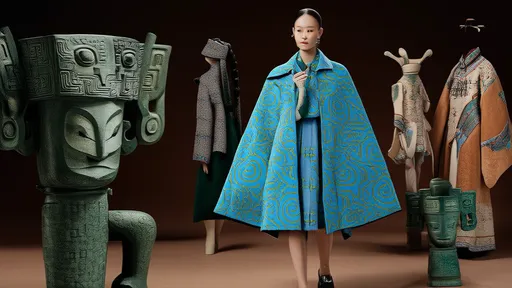
By /Aug 21, 2025

By /Aug 21, 2025

By /Aug 21, 2025
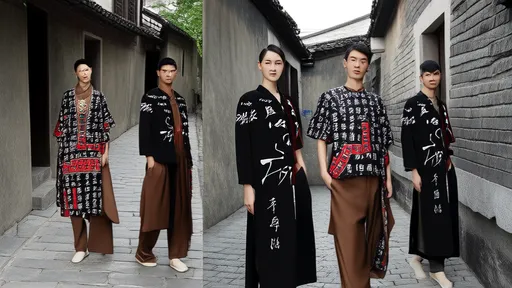
By /Aug 21, 2025

By /Aug 21, 2025
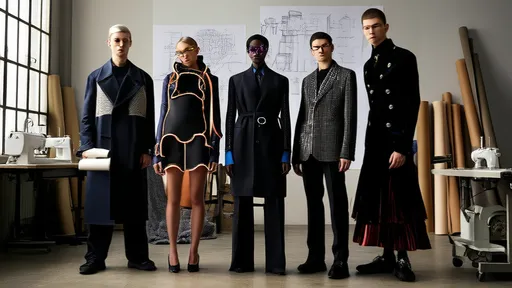
By /Aug 21, 2025

By /Aug 21, 2025
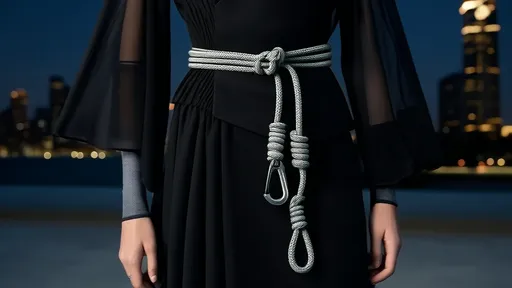
By /Aug 21, 2025
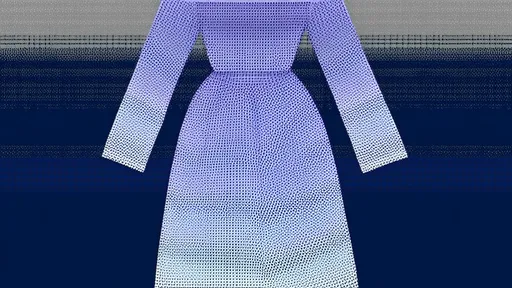
By /Aug 21, 2025

By /Aug 21, 2025
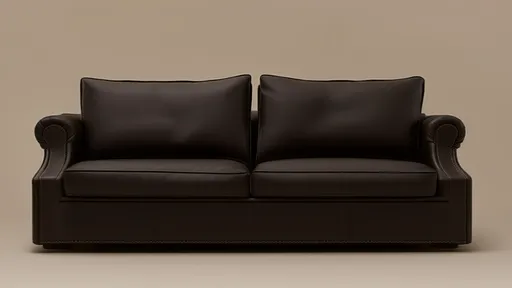
By /Aug 21, 2025

By /Aug 21, 2025